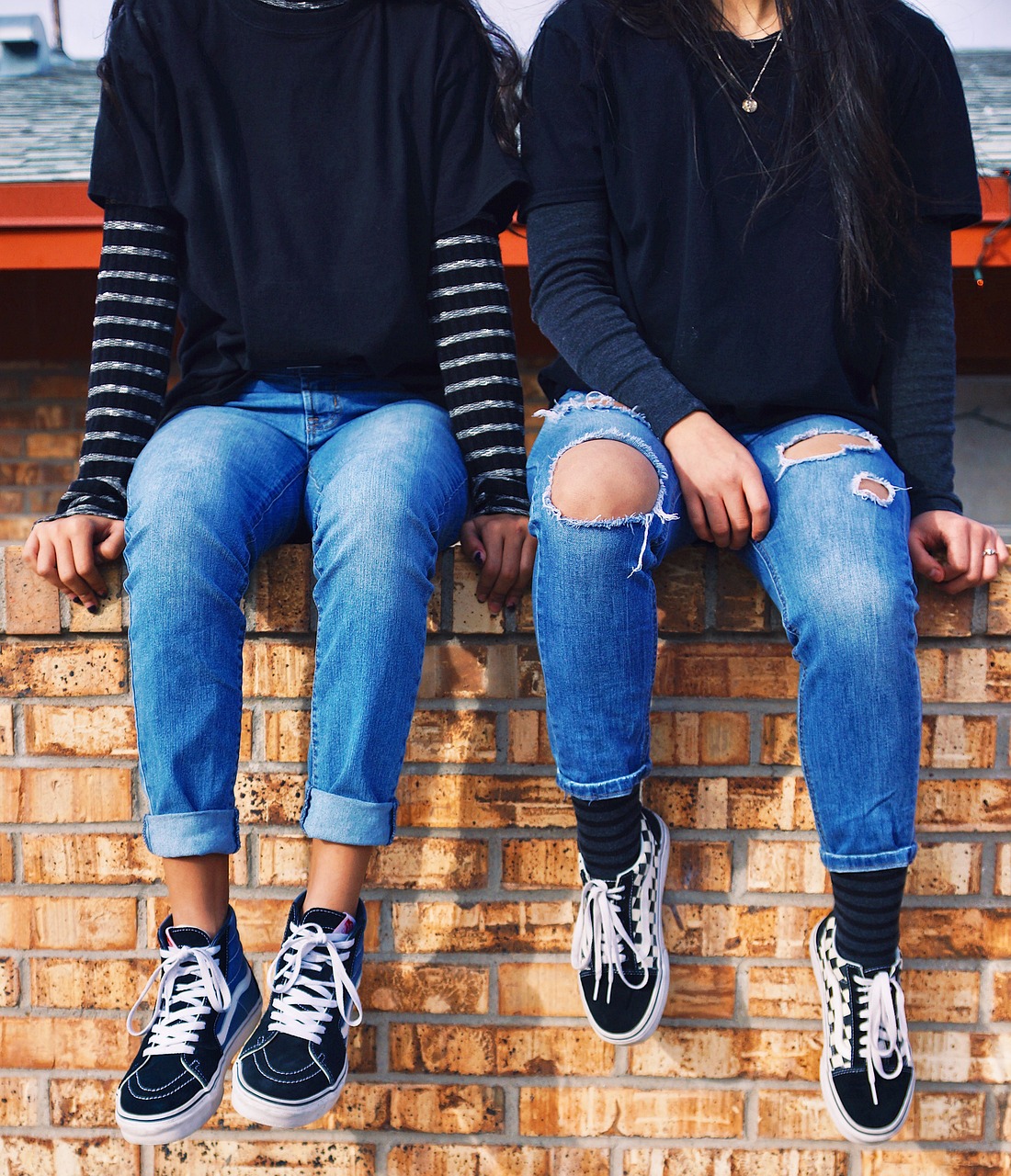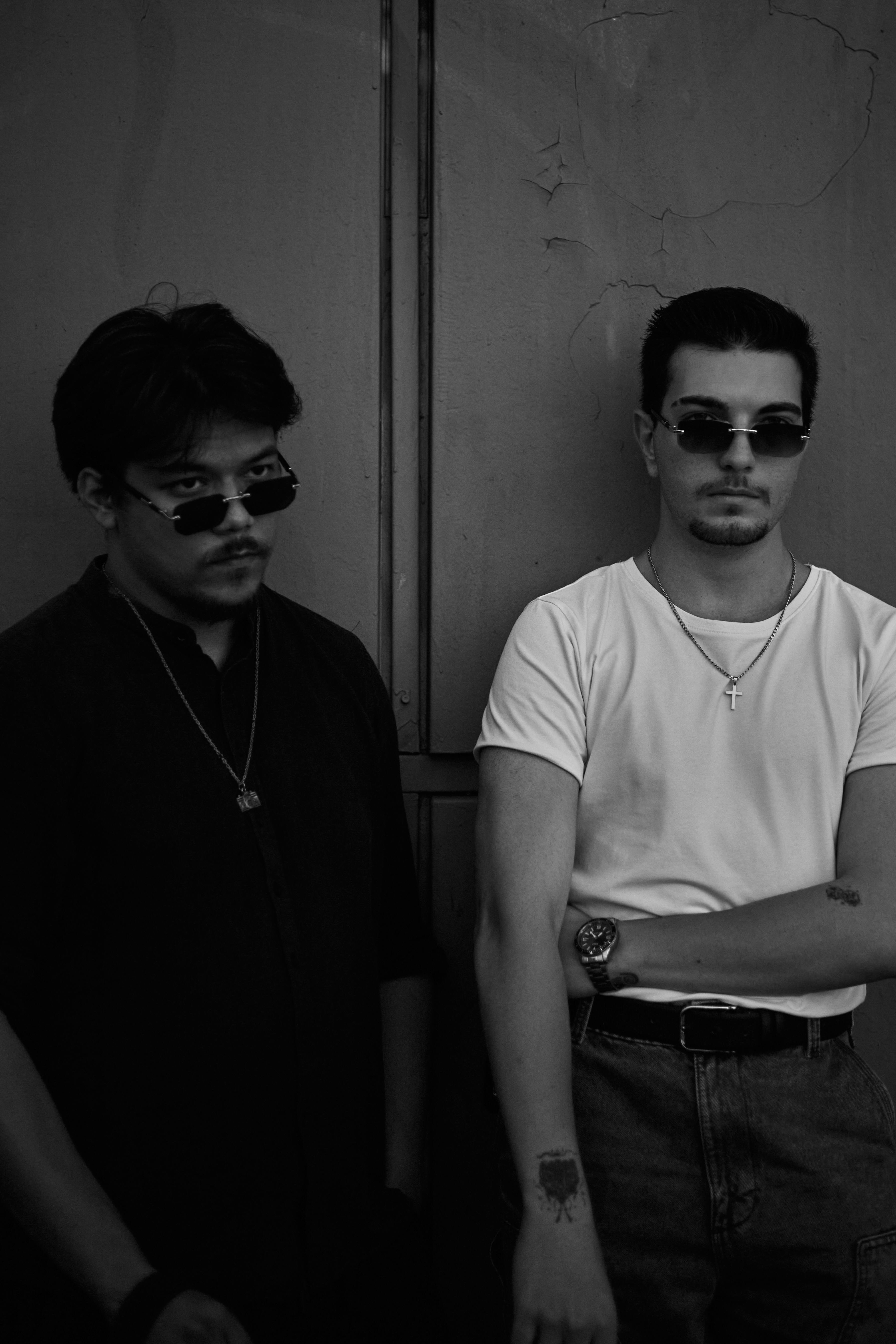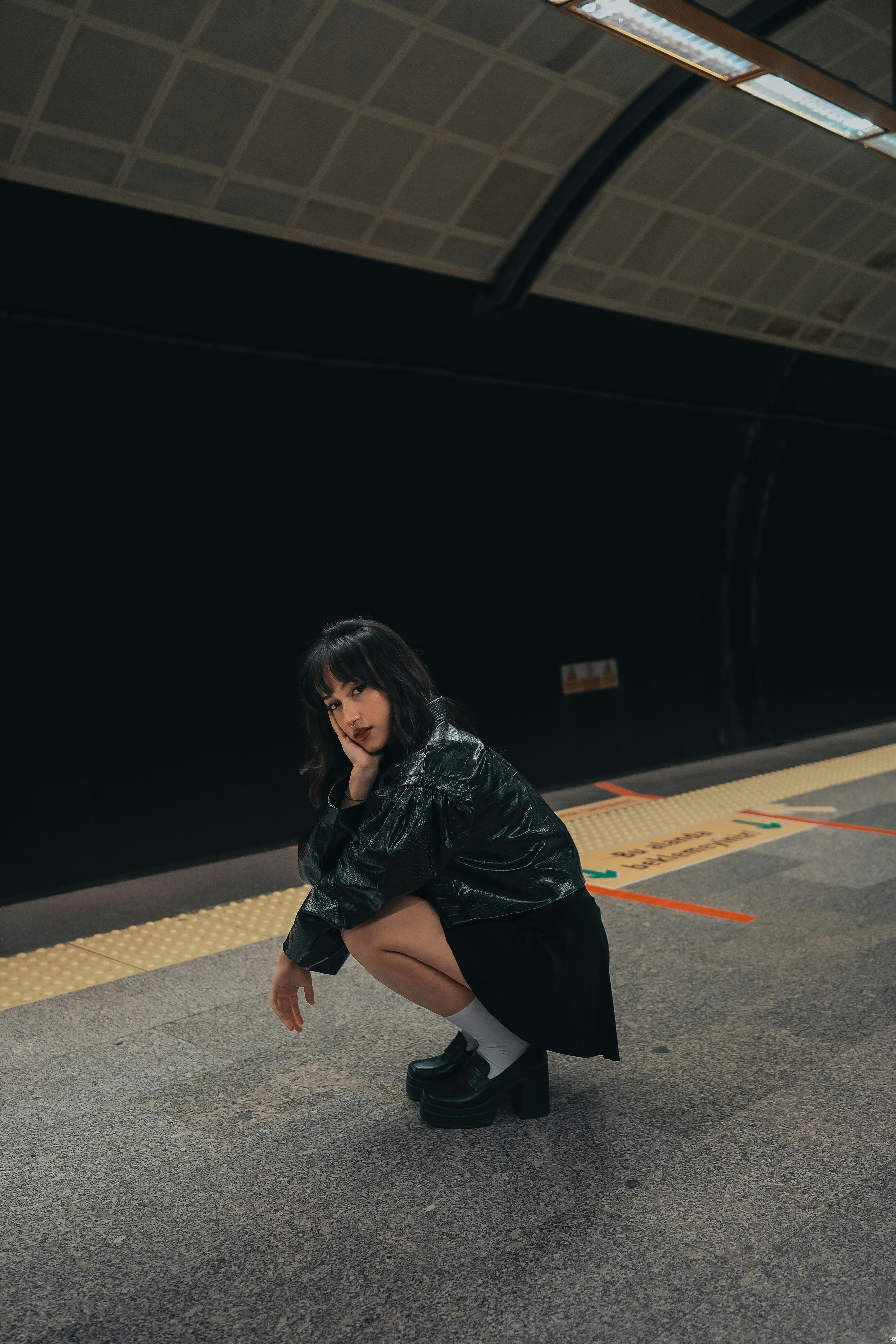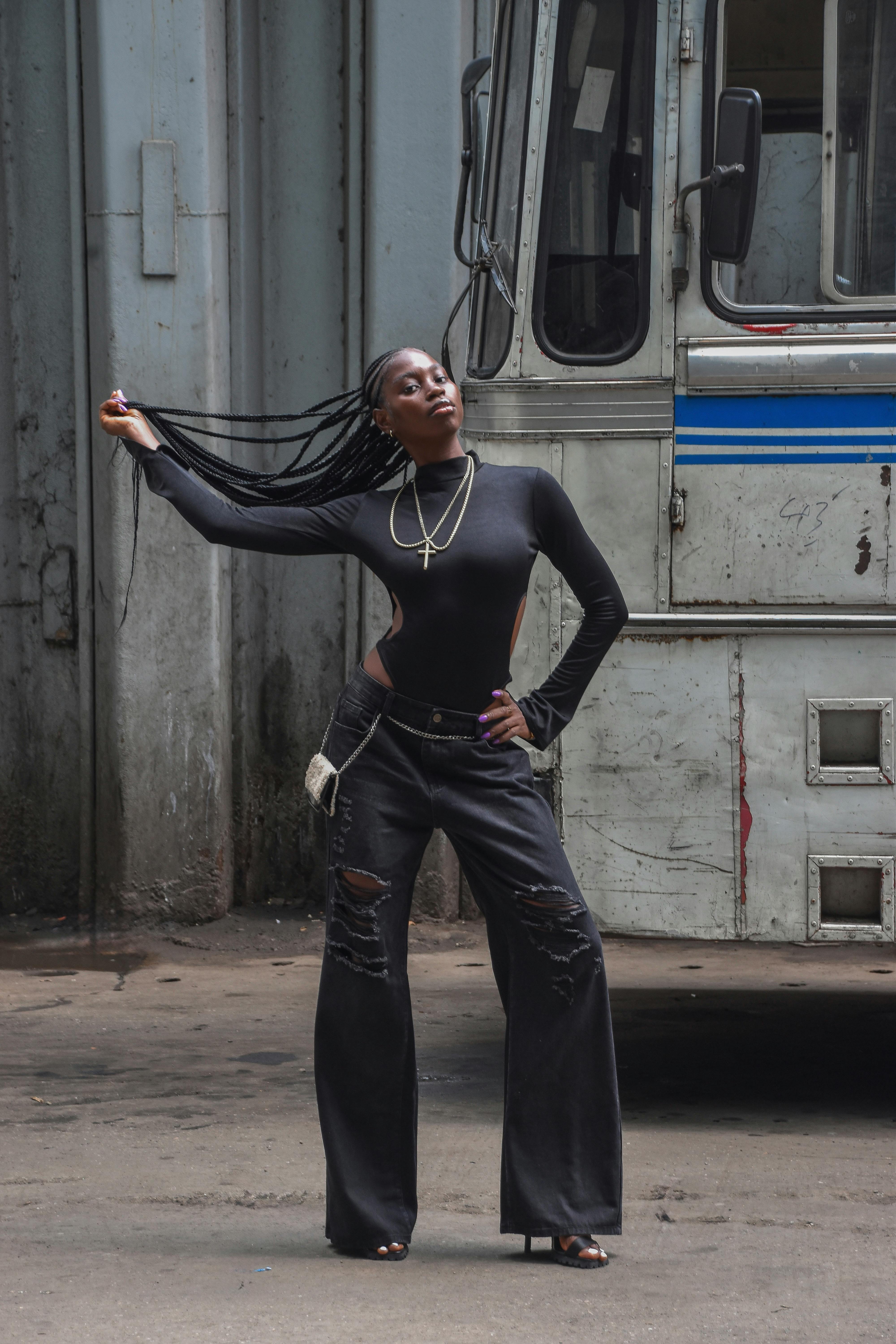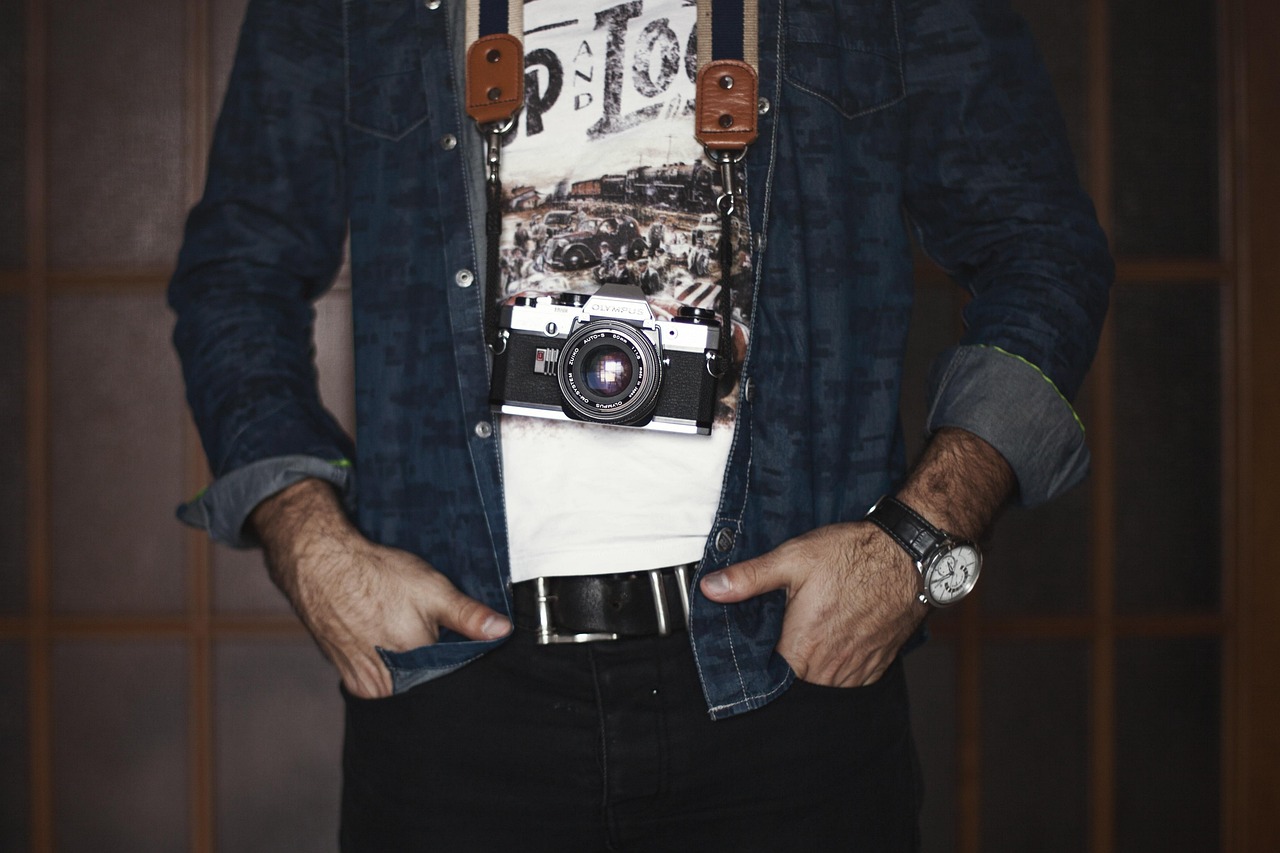
Grunge Gallery
Inspired by the 90s alt scene — ripped jeans, flannel, dark palettes, and layered textures define grunge fashion.
Grunge fashion emerged in the late 1980s and early 1990s in Seattle, Washington, alongside the grunge music movement led by bands like Nirvana, Pearl Jam, and Soundgarden. It was born as an anti-fashion statement, rejecting the polished looks of mainstream pop culture in favor of thrift-store finds, layered clothing, and a deliberately unkempt aesthetic.
Core staples of grunge include flannel shirts, ripped jeans, oversized sweaters, combat boots, and band tees. The look was a direct reflection of the Pacific Northwest climate and culture — practical, rugged, and expressive of a working-class attitude. It became global when designers like Marc Jacobs brought grunge into high fashion in the early ’90s, blending rebellion with runway.
Although rooted in music and youth counterculture, grunge continues to inspire alternative fashion today. Its emphasis on layering, distressed textures, and a “carefree” silhouette reflects individuality and resistance to conformity, keeping it relevant as both a nostalgic style and a modern reinterpretation.

